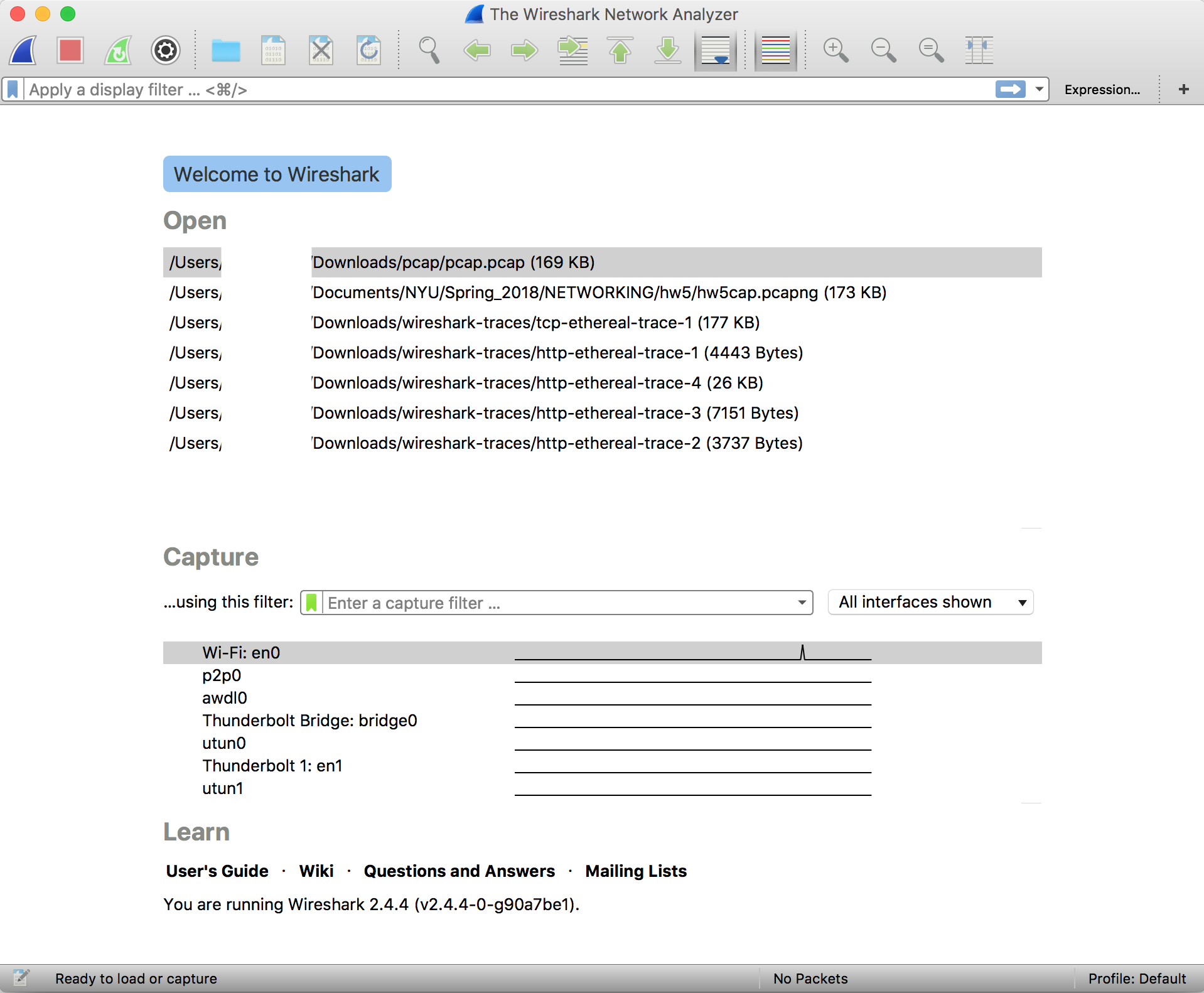

Let’s learn the syntaxīefore I begin with advanced filters, let’s review the basic syntax of tcpdump. I’ll try to keep this document updated with new useful rules. -s specifies the size of the packets (default is 65536 bytes).īe careful if you use -s 0 because depending on the version of tcpdump, you might be capturing 64K or full-lenght packets.įeel free to contact me for comments, suggestions or reporting mistakes.I usually type tcpdump -n -i eth1 -s 1600 before my filter but I won’t do that throughout the article. find datagrams with particular data (here, packets with command MAIL from the SMTP protocol and GET command from HTTP).find DF packets (packets which we don’t want to be fragmented).

In this article, I will explain how to use tcpdump to: Tcpdump advanced filters OctoIntroduction


 0 kommentar(er)
0 kommentar(er)
